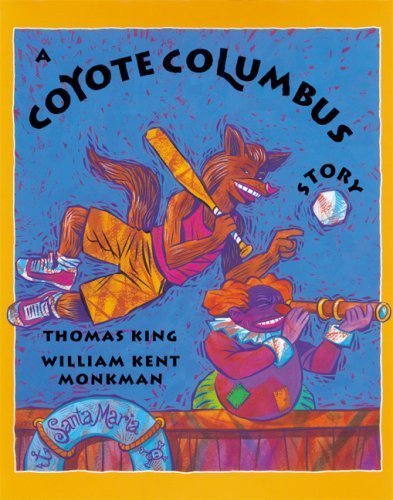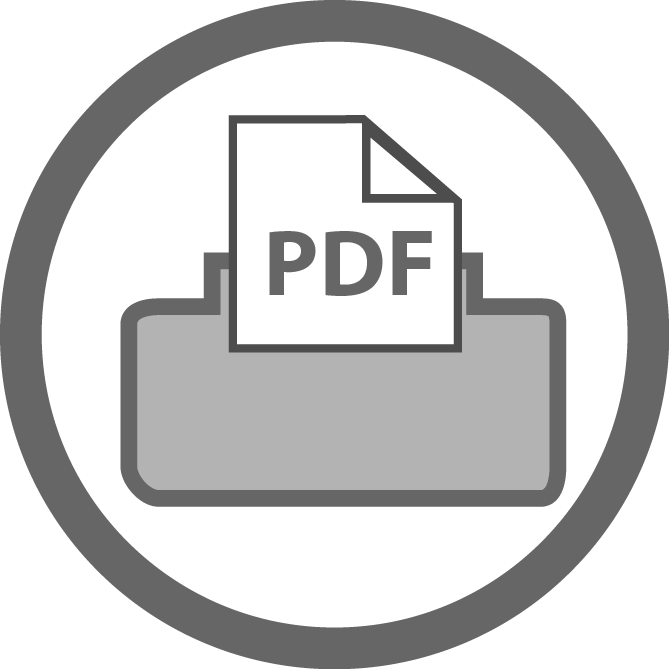 by Thomas King and William Kent Monkman
by Thomas King and William Kent Monkman
A retelling of the Christopher Columbus story from the native point of view.
Strategies/Skills Used
Reading Strategy 1: Access background knowledge.
Reading Strategy 2: Predict what will be learned or what will happen.
Reading Strategy 5: Make mental pictures.
Reading Strategy 6: Connect what you read with what you already know.
Reading Strategy 7: Determine the most important ideas and events and the relationship between them.
Reading Strategy 8: Extract information from text, charts, graphs, maps and illustrations.
Reading Strategy 11: Make inferences and draw conclusions.
Reading Strategy 12: Reflect and respond.
 TEACHING THE ACTIVITY: PRE-READING
TEACHING THE ACTIVITY: PRE-READING
(1) Show students the cover of the book and have them complete the Anticipation Guide individually.
(2) Prepare visuals taken from throughout the story so they can be physically manipulated. This can be done by creating colour copies that are laminated, or by scanning pictures into a PowerPoint presentation that students can work with.
(3) Split students into groups of four or five, and have them arrange the pictures in the order that they think they will happen in the book.
 (4) Hand out the Coyote Columbus Poster Assignment and assist students in assigning the task.
(4) Hand out the Coyote Columbus Poster Assignment and assist students in assigning the task.
(5) Have students prepare and share their versions of the story based on their organization of the pictures.
 TEACHING THE ACTIVITY: DURING READING
TEACHING THE ACTIVITY: DURING READING
(6) Read the story aloud, pausing frequently to allow students to complete the following two steps.
(7) Revisit the Anticipation Guide and have students respond to the prompts from the perspective of the author.
(8) Determine five different moods that occur throughout the story and put them on the board. Ask students to complete the Mood Swing activity as the story is read.
(9) Lead a class discussion about how characters, just like people in real life, share experiences, but how they may have different emotional reactions or interpretations of the experience.
 TEACHING THE ACTIVITY: POST-READING
TEACHING THE ACTIVITY: POST-READING
(10) Have students share their Mood Swings on the board, and create a visual brainstorm by asking why characters felt the way they did. Use these responses to come up with a few examples of the “big idea” questions that will be central to the posters.
 (11) Have students work in groups on their Coyote Columbus Poster Assignments.
(11) Have students work in groups on their Coyote Columbus Poster Assignments.
(12) Ask each group to present their poster and big ideas to the class.
 (13) Revisit the Anticipation Guide and use Poll Everywhere to see if responses have changed.
(13) Revisit the Anticipation Guide and use Poll Everywhere to see if responses have changed.